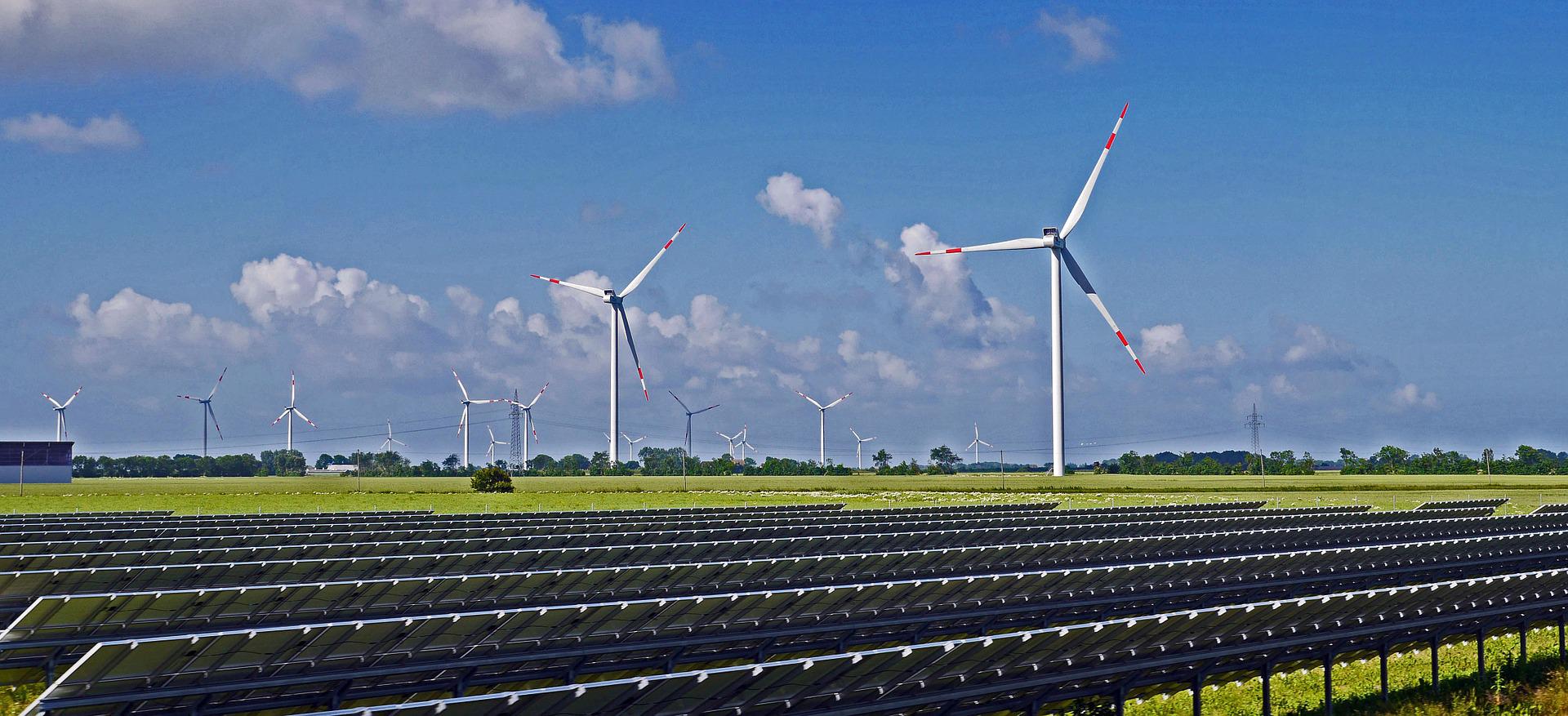By Julian Singer
On 7 July, while the Prime Minister was busy resigning, another part of his government announced a small step towards fulfilling one of the many goals it had set itself. This was the result of the fourth Contract for Difference auction held by the DBEIS. The general structure had been announced last year: bids would compete within the three separate pots of Established Technologies, Less Established Technologies and Offshore Wind (Greenbarrel, Dec 2021).
Established Technologies consisted of solar PV, onshore wind and one solitary energy-from-waste project. Solar PV had been excluded from the last two auctions in October 2019 and September 2017, but here it has returned in style with no less than 66 solar PV farms winning contracts, all with capacity above 5MW, contributing a total of 2.2GW when they come on line in 2024/25 or earlier. The contract, or strike, price is £45.99 per Megawatt-hour[1]. Eleven onshore wind farms also won contracts for a total of 0.9GW to be delivered in the same years as solar, at a strike price of £42.47 per MWh which is, surprisingly, higher than that for offshore wind (see below).

Image by Erich Westendarp from Pixabay
Less Established Technologies cover remote island wind projects, tidal stream technology and one floating offshore wind project. Why the technology of the six wind farms in the Hebrides, Orkney and Shetlands should be considered less established than elsewhere is not explained. It is presumably an administrative convenience, while their presence at all is probably more for political reasons. The other two technologies appear for the first time.
There are four tidal stream projects, two in Orkney, one in the Penland Firth and one off Wales. The Pentland Firth project is phase two of the existing Meygen project that has been running since 2020. At a capacity of 28MW it is the only one of any size, the others lying between 2.4 and 5.6 MW. It is not obvious why these projects are being considered now, given their small size and very high strike price of £178.54 per MWh. Phase 1 of Meygen had bid £300 per MWh in 2017 but was not successful. They are evidently meant to encourage new technologies but then it is surprising that no room has been found for a tidal lagoon project, given that the strike prices considered for the latter by the Hendry report were significantly lower[2].
The one floating wind farm is also a demonstration project, run by Wave Hub in Cornwall, with a capacity of 32MW at a strike price of £87.3 per MWh. All major European oil companies are involved in floating wind farms to some extent but they either did not bid or were excluded. Overall it seems that all the Less Established awards might better might be better termed Local Support or Levelling Up.
But, solar PV aside, the contribution of all these projects pales in comparison to that of offshore wind. Five projects have won contracts for a total capacity of 6994MW, with a delivery date for most of it in 2026/27 and the lowest strike price of all at £37.35 per MWh. This is to be compared with a strike price around £40 in Round 3 (Oct 2019), between £57.5 and £75 in Round 2 (Sept 2017) and £120 in Round 1 (Feb 2015). Converting these prices from 2012 levels to today increases them by about twenty-five per cent. This is still far below recent wholesale prices for electricity, which even for contracts a year ahead are running at £165 per MWh.
Thus the total capacity contracted in Round 4 amounts to 10.1GW, nearly double that in Round 3 (5.8GW), which itself was nearly double that of Round 2 (3.3GW). The system appears to be popular with both government and industry, so much so that the DBEIS announced that new rounds would now be held every year. At some point developers of larger solar PV and wind projects may feel they can do better by playing the market than accepting a fixed price, but apparently not yet.
[1] This and all other strike prices are in 2012 pounds and are adjusted upwards yearly for inflation
[2] https://hendryreview.files.wordpress.com/2016/08/hendry-review-final-report-english-version.pdf





